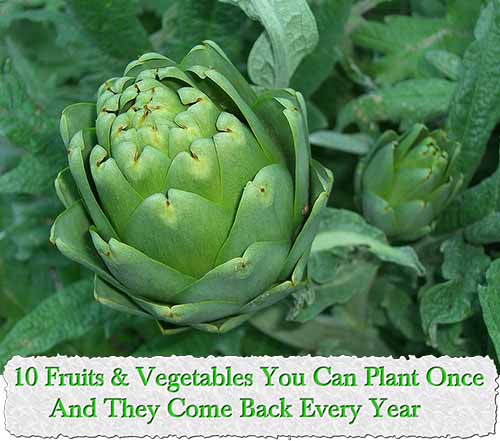10 Fruits & Vegetables You Can Plant Once And They Come Back Every Year

Make sure to like Living Green and Frugally on Facebook, Shop at Amazon to help support my site and explore our PINTEREST BOARDS for innovative ways you can become self-sufficient.
I’m a big fan of growing fruit and vegetables in my garden especially if i can plant them once, and enjoy the fruits and vegetables for many years to come. They’re also among the healthiest veggies for you, and they’re generally inexpensive to purchase, if you don’t come from a family with its own royal roots line.
A bountiful garden of delicious organic food is worth the work of planning and planting, but smart gardeners also have perennials, which come back year after year with little maintenance required. Here are some classic perennials to plant now for harvest next summer.
10 Fruits & Vegetables You Can Plant Once And They Come Back Every Year